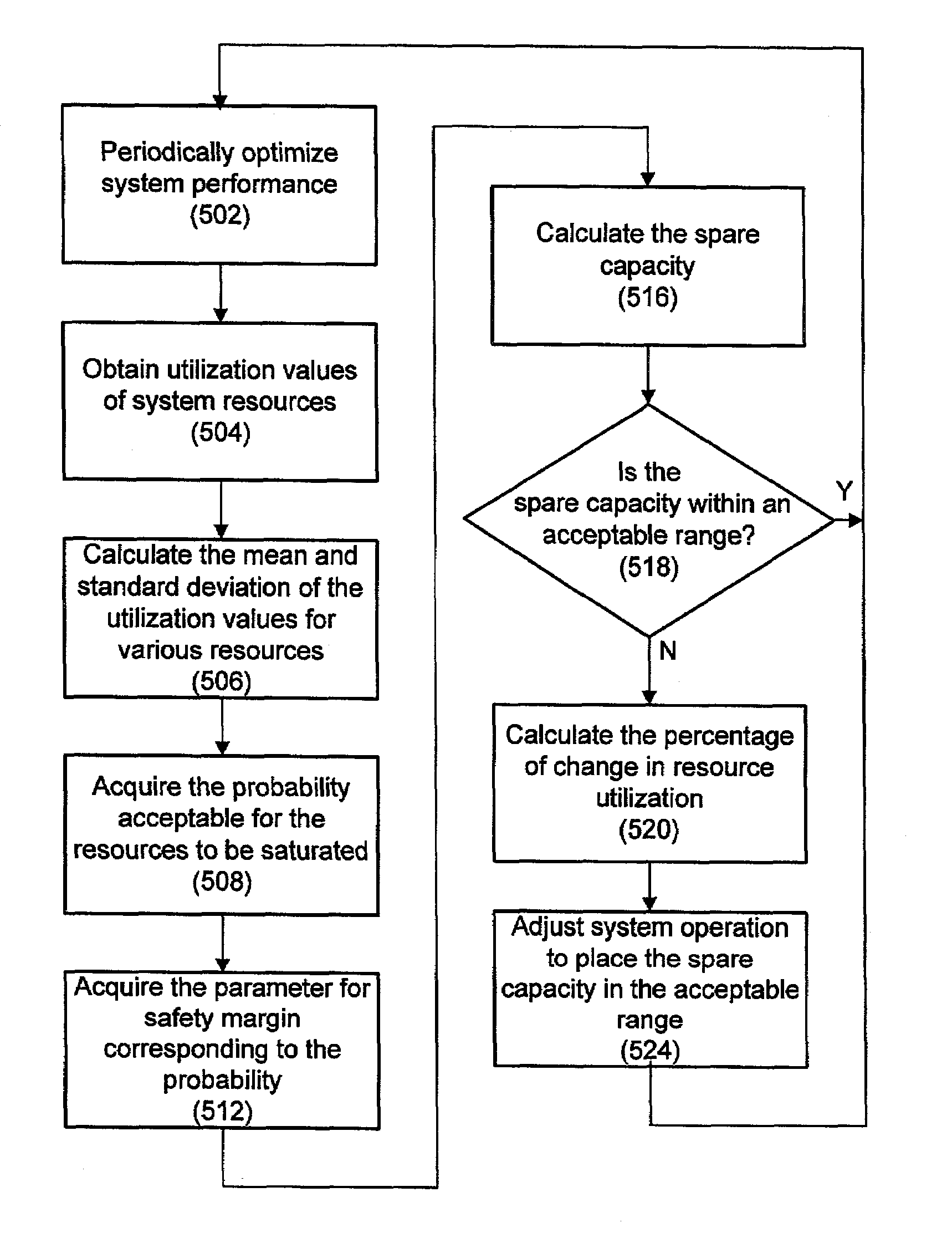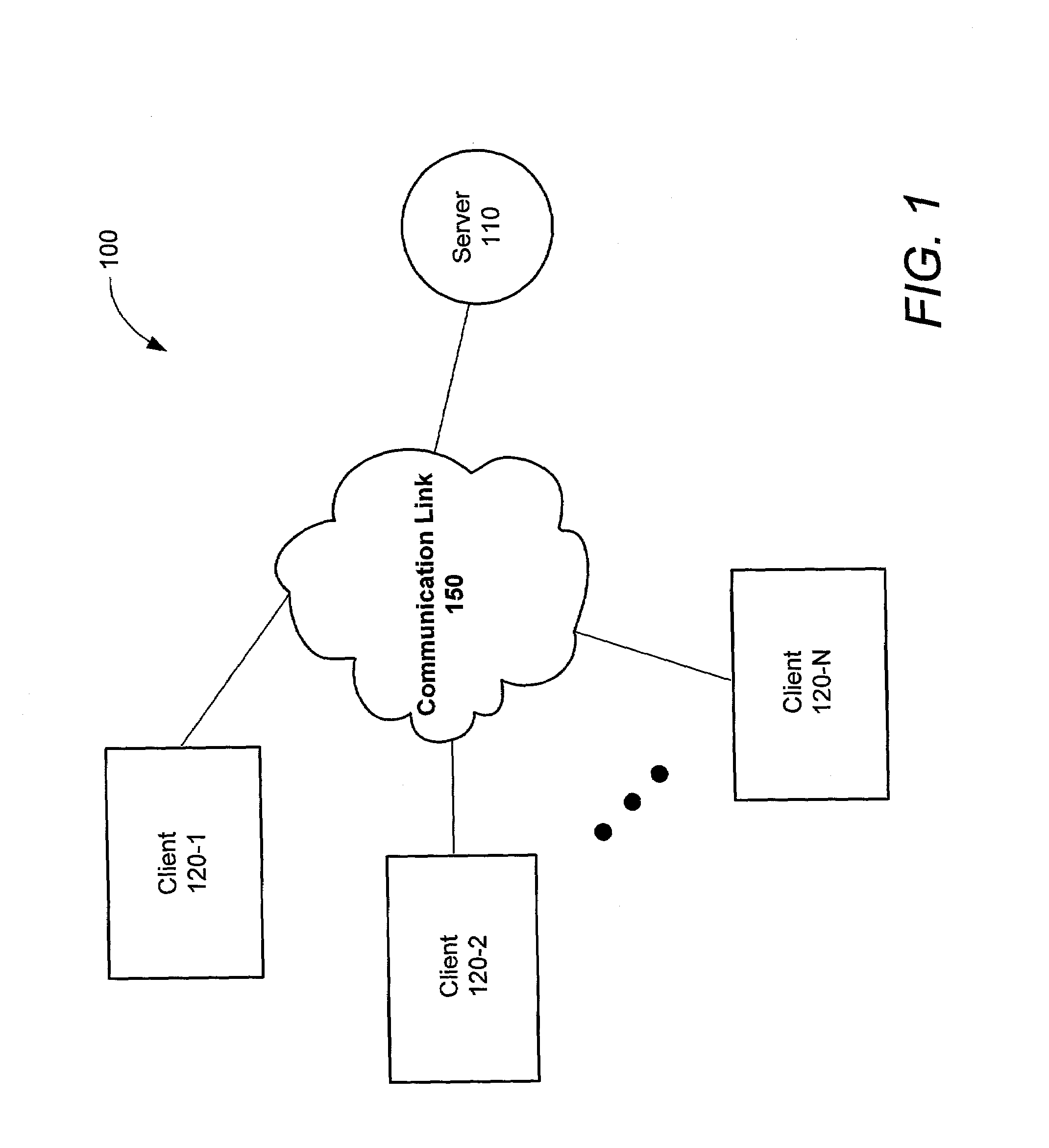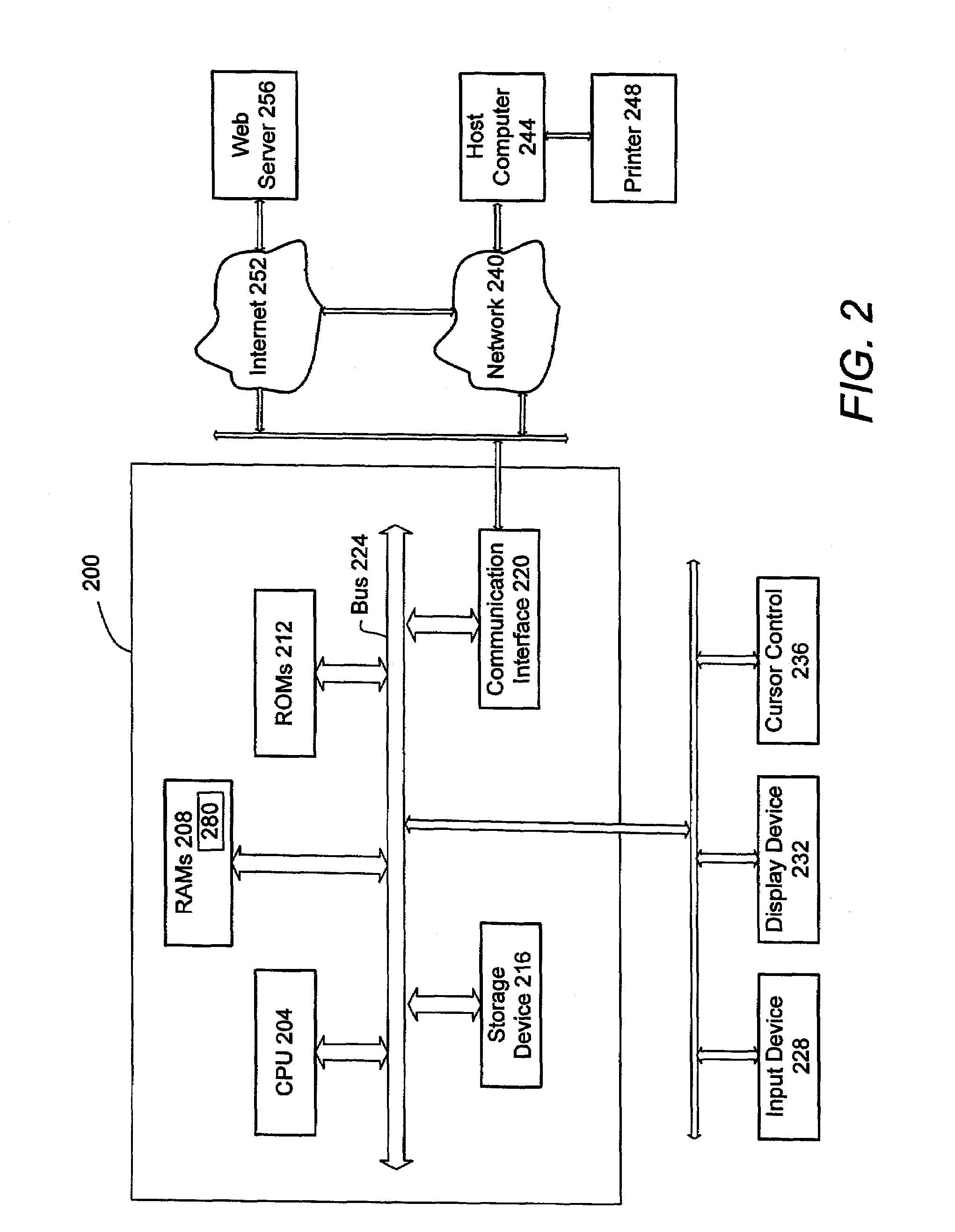Managing power consumption based on utilization statistics
a technology of utilization statistics and power consumption, applied in the field of system power, to achieve the effect of saving power and saving power
- Summary
- Abstract
- Description
- Claims
- Application Information
AI Technical Summary
Benefits of technology
Problems solved by technology
Method used
Image
Examples
Embodiment Construction
[0016]In the following description, for the purposes of explanation, numerous specific details are set forth in order to provide a thorough understanding of the present invention. However, it will be apparent to one skilled in the art that the invention may be practiced without these specific details. In other instances, well-known structures and devices are shown in block diagram form in order to avoid obscuring the invention.
Network Overview
[0017]FIG. 1 shows a network 100 upon which embodiments of the invention may be implemented. Network 100 includes a server 110, a plurality of clients 120-1, 120-2, . . . , 120-N, and a communication link 150. In one embodiment, business institutions use network 100 to provide computer services to their customers in which a server 110 provides the services via client systems 120 to the customers. Usually, these institutions and their customers, based on a Service Level Agreement (SLA), set the criteria for the services to be provided, such as, ...
PUM
 Login to View More
Login to View More Abstract
Description
Claims
Application Information
 Login to View More
Login to View More - R&D
- Intellectual Property
- Life Sciences
- Materials
- Tech Scout
- Unparalleled Data Quality
- Higher Quality Content
- 60% Fewer Hallucinations
Browse by: Latest US Patents, China's latest patents, Technical Efficacy Thesaurus, Application Domain, Technology Topic, Popular Technical Reports.
© 2025 PatSnap. All rights reserved.Legal|Privacy policy|Modern Slavery Act Transparency Statement|Sitemap|About US| Contact US: help@patsnap.com



